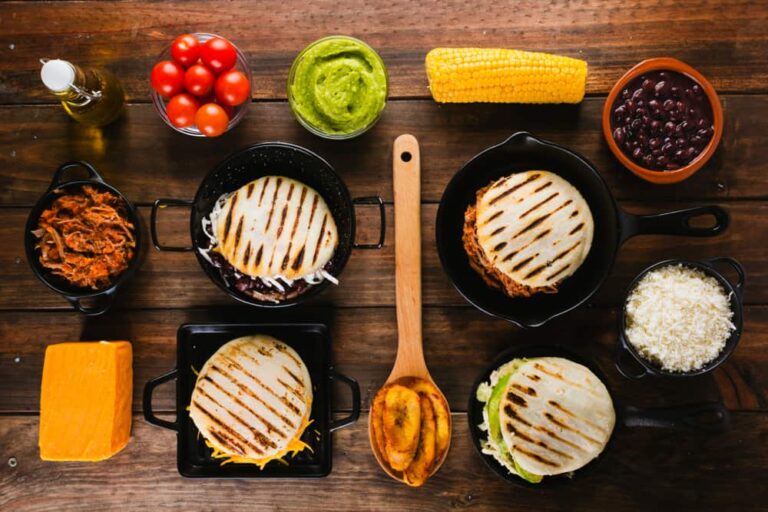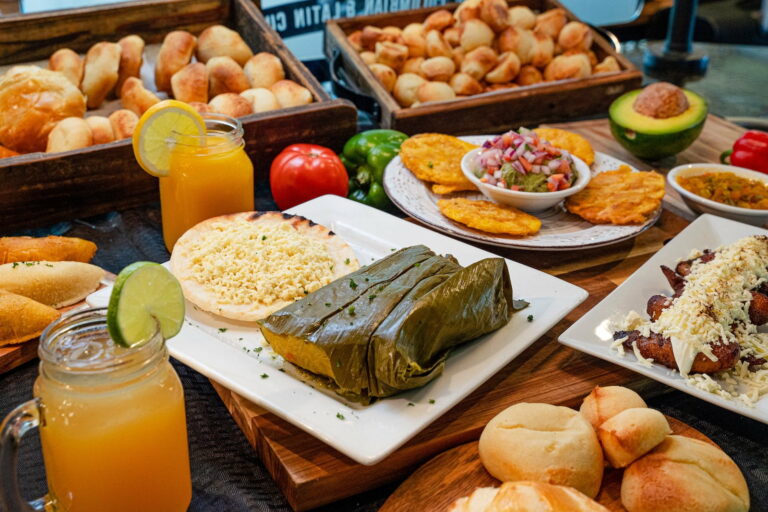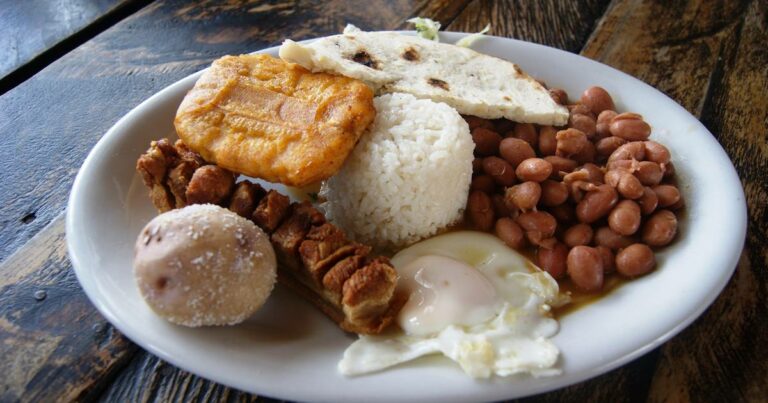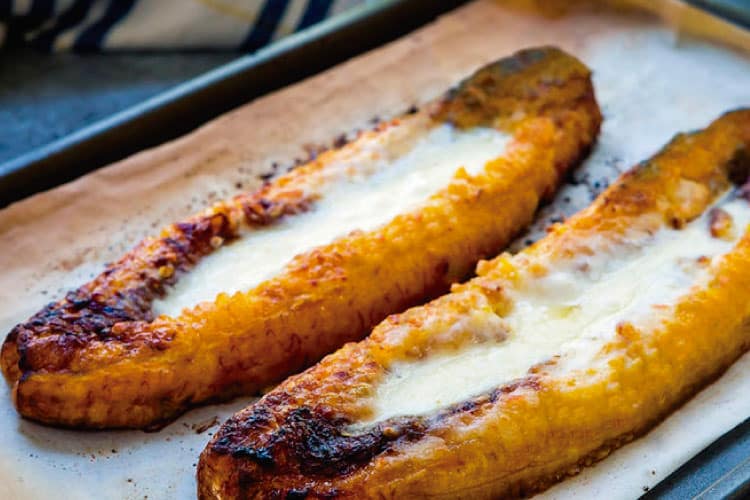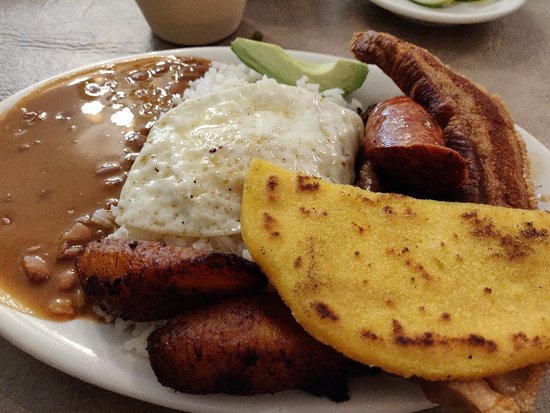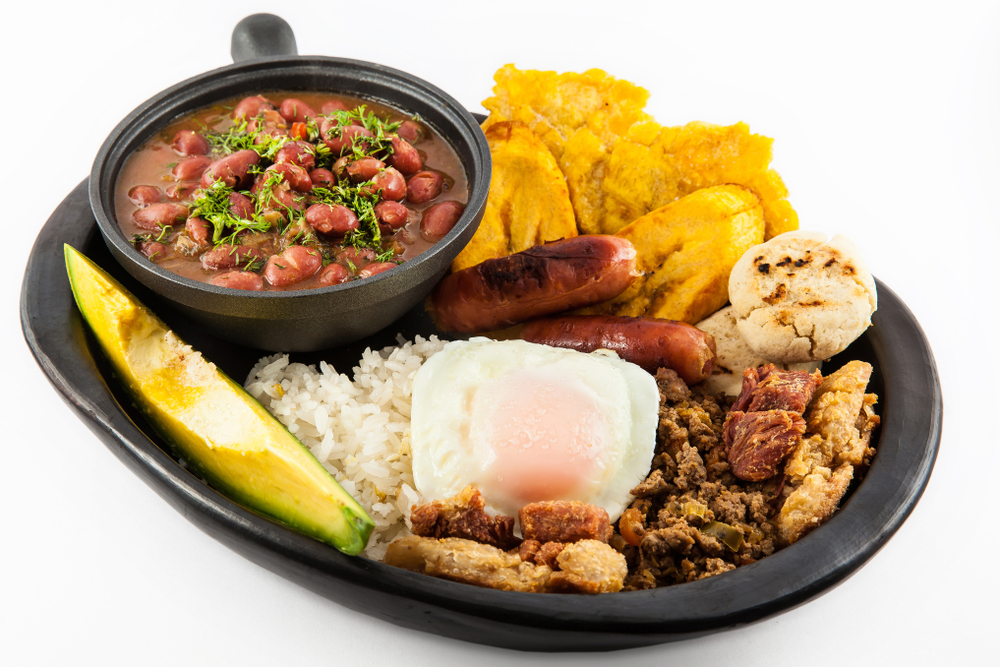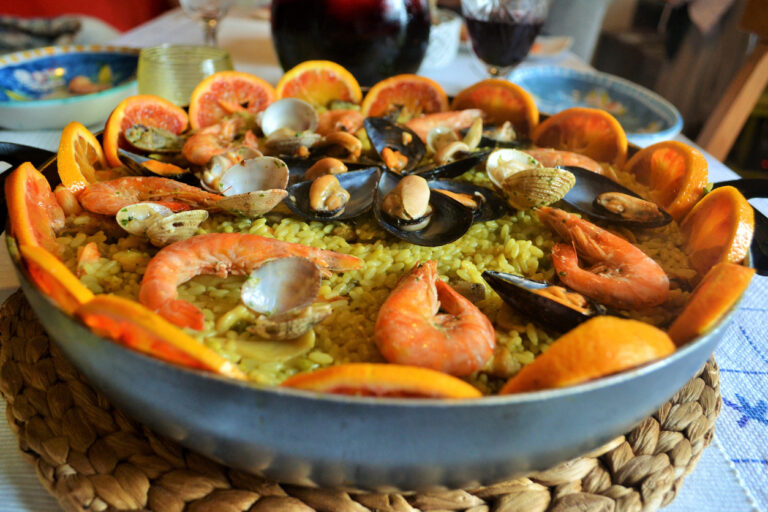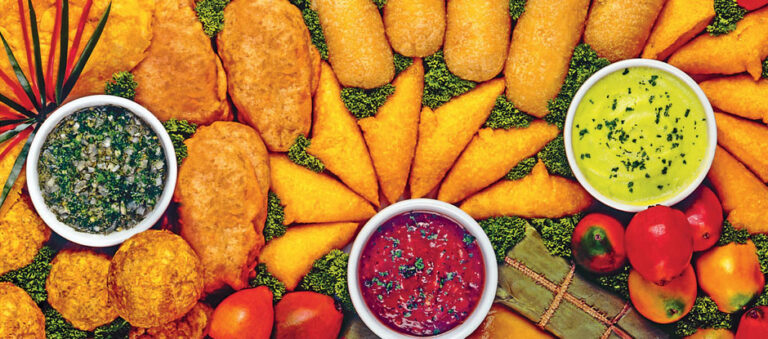Introduction to Plantains in Colombian Cuisine
Plantains are a staple in Colombian cuisine, often being used in dishes for breakfast, lunch, and dinner. They are similar to bananas but are often larger, starchier, and less sweet. They can be used in both savory and sweet dishes and are a versatile ingredient in Colombian cooking.
Nutritional Value of Plantains
Plantains are a great source of carbohydrates, fiber, and potassium. They also contain vitamins A and C and iron. However, they are higher in calories and carbohydrates than bananas, so they should be consumed in moderation for those watching their caloric intake.
Different Varieties of Plantains Used
There are several varieties of plantains used in Colombian cuisine, with the most common being the green plantain and the ripe plantain. Green plantains are used in savory dishes and have a starchy texture, while ripe plantains are sweeter and are often used in desserts.
Traditional Colombian Dishes with Plantains
Plantains are used in many traditional Colombian dishes, such as patacones (fried green plantains), tajadas (fried ripe plantains), and sancocho (a hearty soup with plantains). They are also used in dishes like bandeja paisa and arroz con coco.
How to Prepare Plantains for Cooking
Plantains can be prepared in a variety of ways, such as boiled, fried, or mashed. When preparing green plantains, it is important to remove the skin and cook them before using them in dishes. Ripe plantains, on the other hand, can be used without removing the skin and can be mashed or sliced.
Plantain Recipes for Breakfast, Lunch, and Dinner
Plantains can be used in a variety of dishes for all meals of the day. For breakfast, they can be used in dishes like plantain pancakes or breakfast bowls. For lunch or dinner, they can be used in dishes like plantain lasagna or stuffed plantains.
Health Benefits of Eating Plantains
Plantains are a great source of fiber, potassium, and vitamins A and C. They can also help regulate digestion and promote healthy bowel movements. However, they are high in calories and carbohydrates, so they should be consumed in moderation.
Conclusion: The Versatility of Plantains in Colombian Cooking
Plantains are a staple in Colombian cuisine and are used in a variety of dishes. They are a great source of nutrients and can be prepared in many different ways. From savory dishes to sweet desserts, plantains are a versatile ingredient in Colombian cooking.

